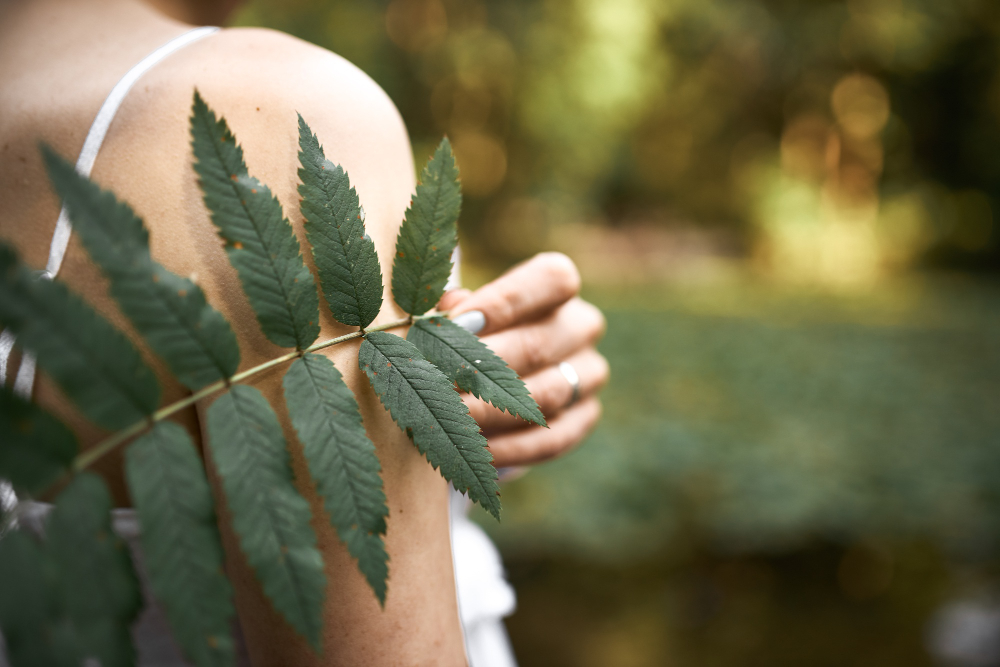
Kratom is a tropical tree native to Southeast Asia. It grows naturally in countries like Thailand, Indonesia, Malaysia, and Papua New Guinea. The tree belongs to the coffee family and thrives in warm, humid climates. Farmers in these regions have harvested kratom leaves for generations.
The leaves of the kratom tree vary in color. One of the most well-known types is red kratom. This variety is recognized by the red veins running through the leaf. It’s usually grown in rich, volcanic soils that enhance the tree’s natural properties. After harvesting, red kratom leaves are dried and ground into powder. The color of the vein and the age of the leaf play a role in its classification. Red kratom comes from the most mature leaves of the tree.
These trees can grow over 20 feet tall and often stand for years before being fully harvested. Farmers usually pick leaves by hand, selecting them based on color and maturity. Once dried, the leaves are ground and packaged for export. Kratom farming is still done primarily in small villages, where the process is traditional and passed down from older generations.
Native to Southeast Asia
Kratom is not new. It has been part of village life in Southeast Asia for hundreds of years. The locals refer to it by different names depending on the region. In Thailand, it is often referred to as “ketum,” while in Malaysia, it may be known as “biak-biak.”
The reason kratom grows so well in these areas is the climate. The regions are warm year-round, with steady rainfall and fertile soil. These conditions are perfect for the tree’s growth. Dense rainforests also protect the trees from harsh weather, allowing them to grow tall and strong.
Because of its natural origins, kratom is not something that can be grown just anywhere. Attempts to grow it in other parts of the world often fall short. Without the unique climate of Southeast Asia, the tree doesn’t thrive the same way.
A Careful Harvest
Kratom leaves are harvested with care. In most places, the process is done by hand. Farmers climb the trees or use long poles to pluck the leaves. The age and color of the leaves determine when they are ready.
Once harvested, the leaves are dried indoors or outdoors, depending on the variety. The drying process is vital. It affects the color of the final powder. Some leaves are fermented or dried under specific conditions to produce certain types, such as red kratom, which undergoes a longer drying process.
After drying, the leaves are crushed or ground into a fine powder. This is the form in which kratom is most commonly sold. Some suppliers also offer whole leaves or capsules. However, the powder is the most traditional form.
Strains Based on Regions
Kratom strains are often named after the regions where they grow. Names like Borneo, Bali, and Sumatra refer to their geographical origins. Each region has slightly different soil and climate conditions. This creates unique differences in the leaves.
Among these, maeng da kratom is one of the most talked-about types. It’s originally from Thailand and is considered a substantial variety. The name “maeng da” means “pimp grade” in Thai slang. This variety is created through grafting techniques, where two strains are combined to produce a single strain. Maeng da kratom is often associated with high quality and is a preferred option for many users.
Though it can now be found in other Southeast Asian countries, the original maeng da kratom still holds strong roots in Thailand’s farming culture.
Modern Sourcing and Global Reach
Today, kratom is exported worldwide. The demand has grown beyond Southeast Asia. However, most of the global supply still comes from Indonesia. The country has the right environment and a strong farming network dedicated to kratom.
Farmers and suppliers work together to maintain quality. Many now follow strict harvesting and drying practices. The leaves are often lab-tested before export. This ensures consistency and trust. Packaging is done with care to preserve freshness during shipping.
Although kratom is now a global product, its roots remain in traditional Southeast Asian agriculture. Its journey from tree to powder reflects a mix of nature, culture, and care.
Conclusion: A Leaf with a Long Journey
Kratom’s story begins deep in the rainforests of Southeast Asia. From hand-harvested leaves to carefully dried powders, the process is deeply tied to tradition. Varieties like red kratom and maeng da kratom highlight the tree’s diversity. These types are shaped by nature, time, and skilled farming methods.
Even as kratom reaches global markets, its origin remains unchanged. It’s a natural product, rooted in the earth and nurtured by generations of farmers. Understanding where kratom comes from helps us appreciate the journey behind every leaf.
Disclaimer: This blog is for informational purposes only. It does not offer medical advice, make health claims, or promote the use of kratom. Always research local laws and consult with qualified professionals before making any decisions related to kratom.


